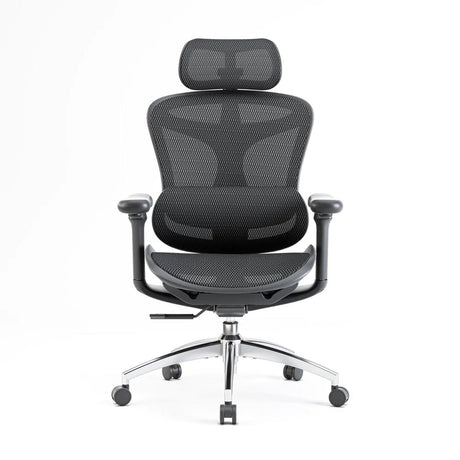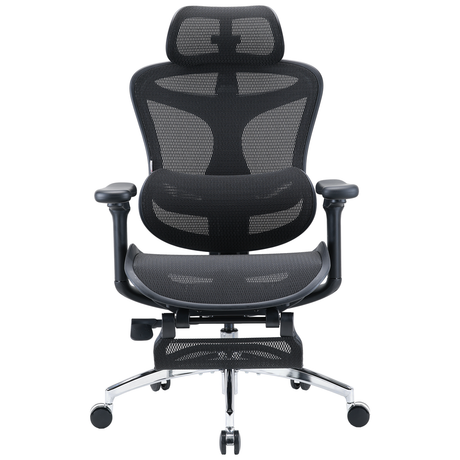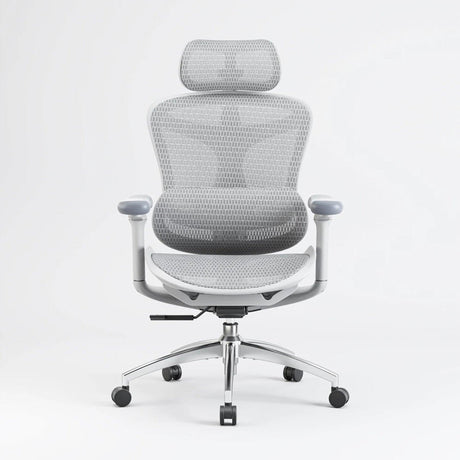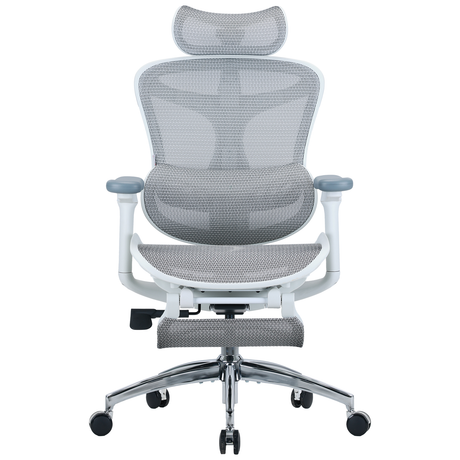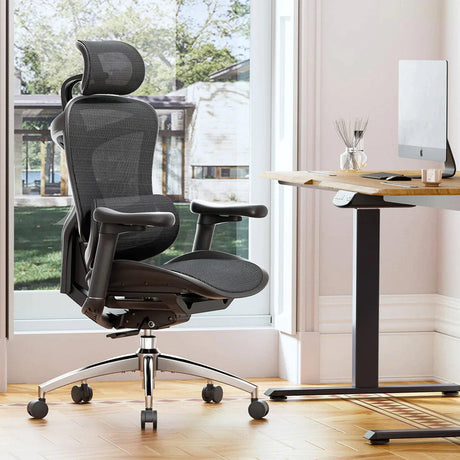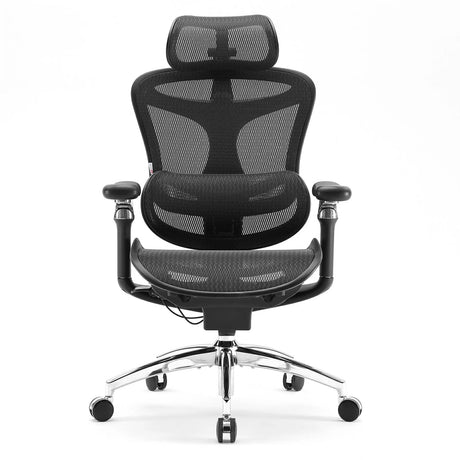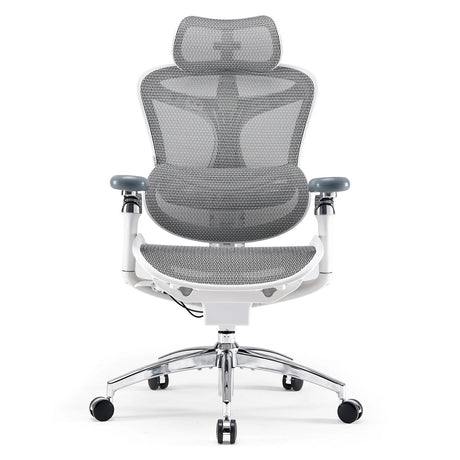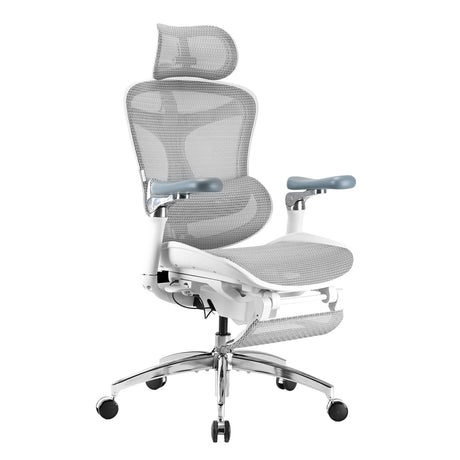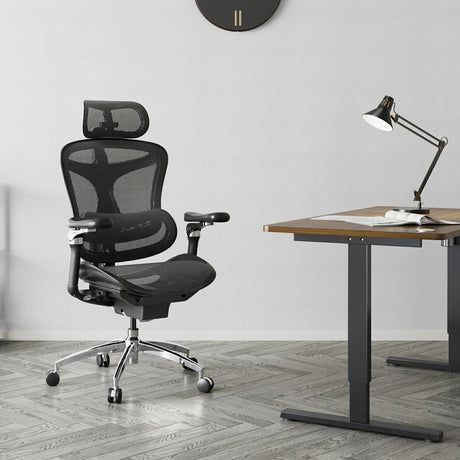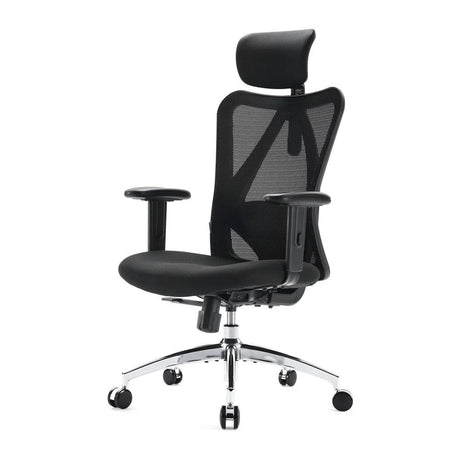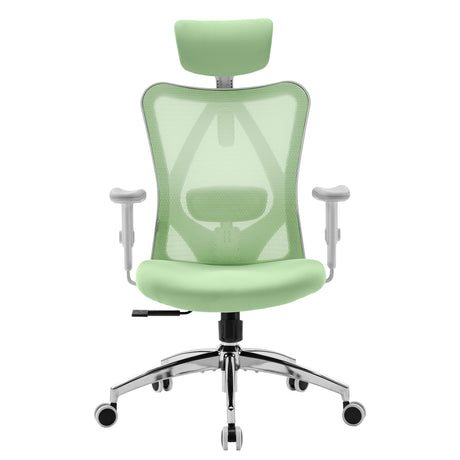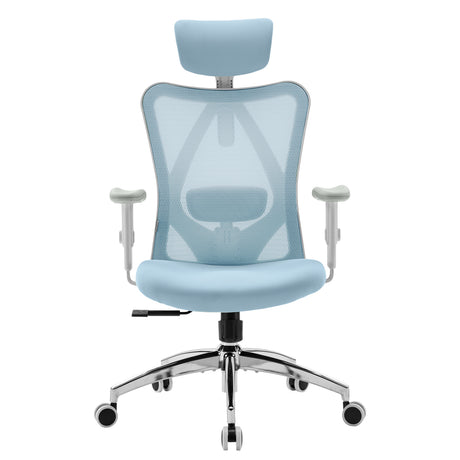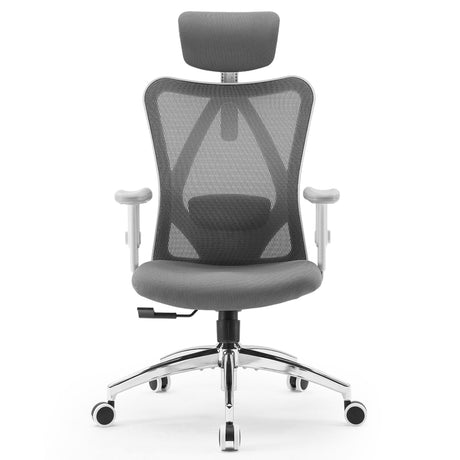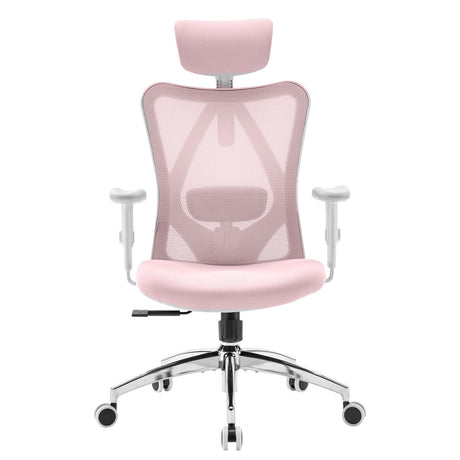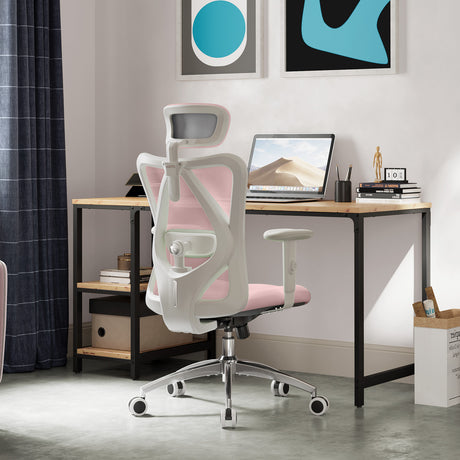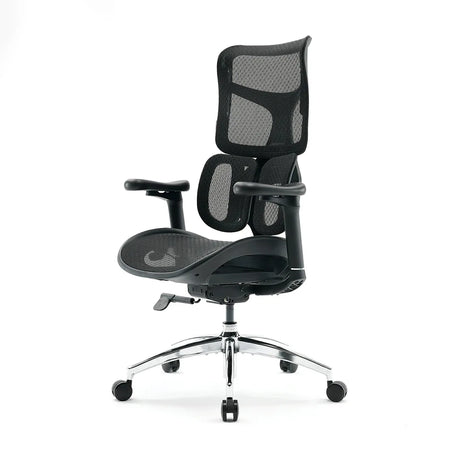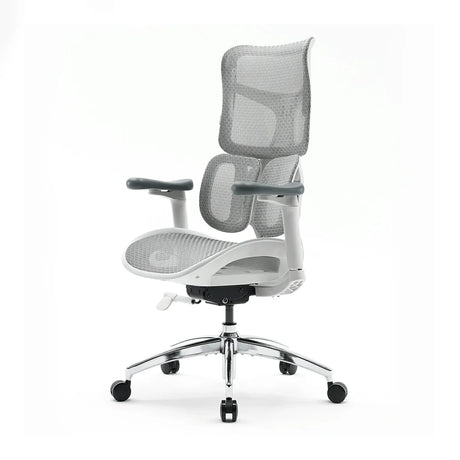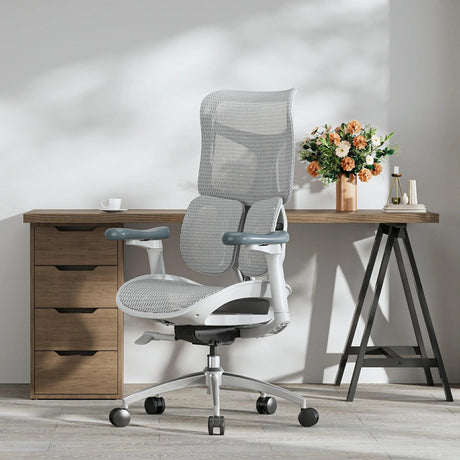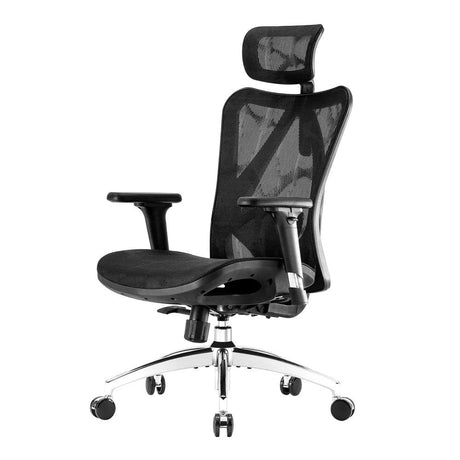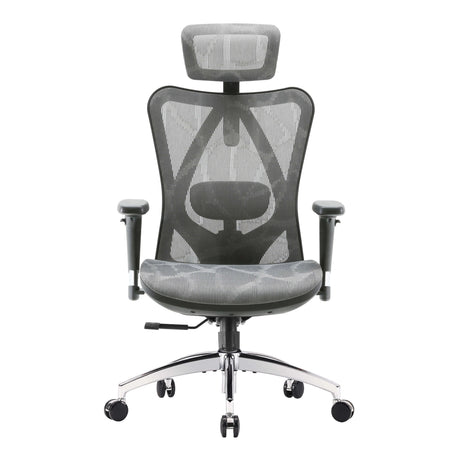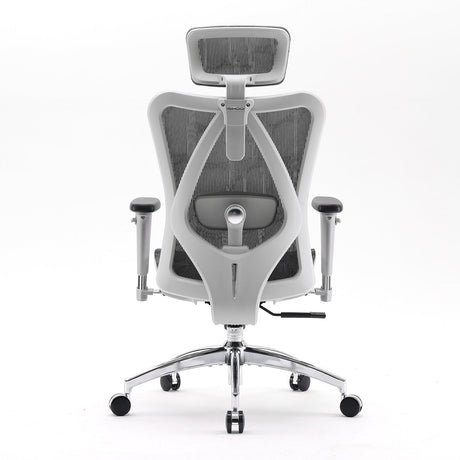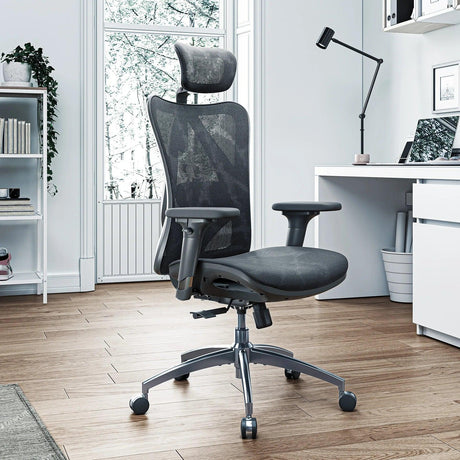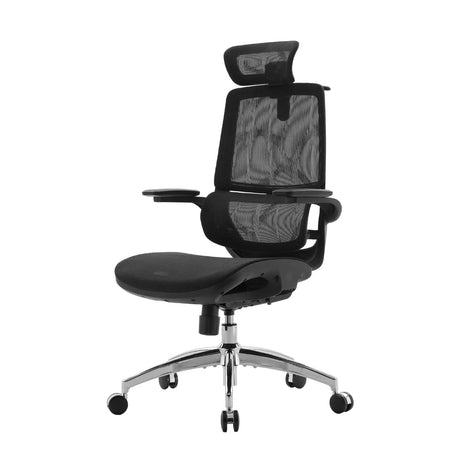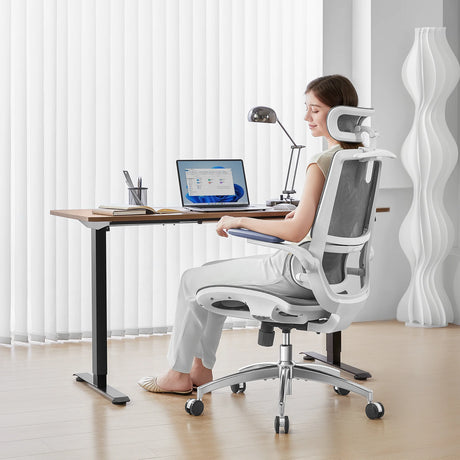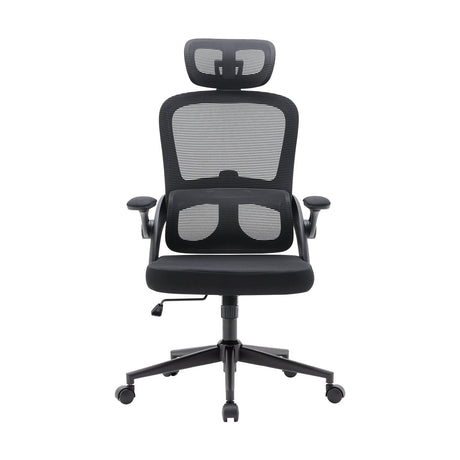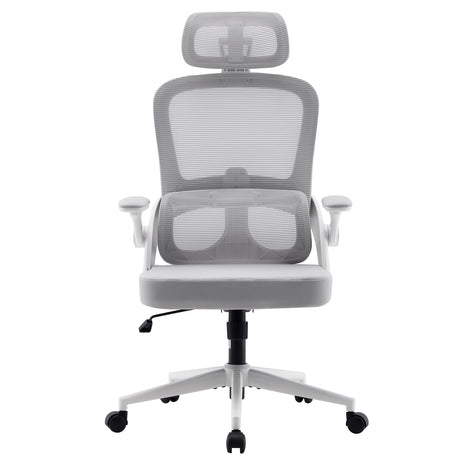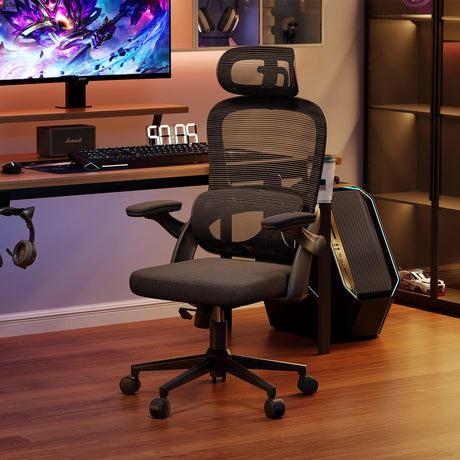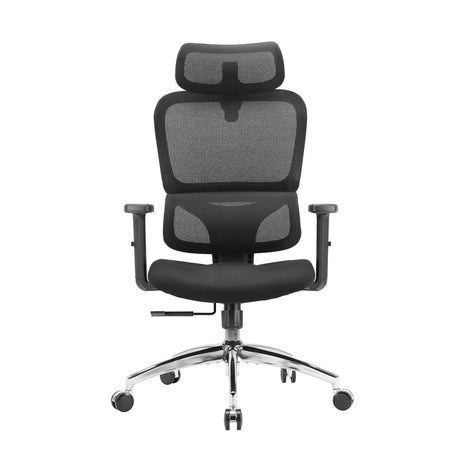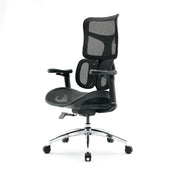The digital age has fundamentally reshaped how we work and, consequently, how we choose the tools of our trade. Nowhere is this more apparent than in the meteoric rise of the "TikTok Office Chair"—a phenomenon where certain ergonomic chairs achieve unprecedented viral fame, propelled by short-form video reviews, "work-from-home setup" tours, and enthusiastic endorsements from popular creators. These chairs often boast sleek designs, a myriad of adjustments, and, most importantly, the promise of supreme comfort and pain relief, all without the premium price tag typically associated with established ergonomic brands.
However, as with many viral trends, a professional and skeptical eye must be cast upon the hype. Are these hyper-marketed, trending office chairs truly the ergonomic saviors they claim to be? Or are they simply an example of savvy social media marketing capitalizing on the widespread need for better home office solutions? This deep-dive article will dissect the "TikTok Office Chair" trend, evaluating the balance between viral popularity, actual ergonomic efficacy, long-term durability, and suitability for different users, helping you make an informed decision that prioritizes your health and productivity over fleeting internet fame.
Understanding the Phenomenon: How an Office Chair Goes Viral
The journey of an office chair from an inventory shelf to a viral sensation is a fascinating study in modern consumer behavior and targeted marketing. The factors driving this trend are multi-faceted, stemming from a perfect storm of societal shifts and digital marketing strategies.
1. The Post-Pandemic Shift to Remote Work
The most significant catalyst was the global shift to remote work, which turned millions of dining room chairs and uncomfortable stools into primary workspaces. Suddenly, a high-quality office chair was no longer a perk provided by an employer but a critical investment in personal health and long-term productivity. This created a massive, receptive market desperate for comfortable, functional, and aesthetically pleasing solutions.
2. The Power of Short-Form Video and Visual Appeal
TikTok's format is perfectly suited for promoting visually appealing products. A chair that looks comfortable and has satisfying, visually demonstrable features (like a smooth recline, a flip-up armrest, or vibrant color options) is ideal for a 15-60 second video.
-
Aesthetics over Ergonomics: Many viral chairs gain popularity because they are designed for the camera—they fit a certain "aesthetic" (minimalist, 'gamer-chic,' or retro-modern) that plays well in a home-setup video, sometimes overshadowing the core ergonomic function.
-
The 'Unboxing' Factor: Creators often film the assembly process, making the chair seem accessible and easy to set up, which lowers the barrier to purchase for the average consumer.
3. Affordability and Accessibility
A crucial element in the viral success of these chairs is their price point. They often sit in the $150–$400 range, a sweet spot that makes them significantly more affordable than established, high-end ergonomic brands (which can cost $800–$1,500+). This affordability makes them an impulse-buy or a justifiable "upgrade" for the average worker.
4. The "Social Proof" Multiplier
When a creator with a large following endorses a chair, it generates immediate trust and social proof. As more people purchase and subsequently post their own reviews and setup videos, the chair achieves a self-perpetuating cycle of virality, making it seem like the de facto standard for a modern home office.
Dissecting Ergonomics: Viral Hype vs. Professional Standards
The core of the issue lies in the definition of comfort. A chair can feel comfortable for 20 minutes, which is the typical duration of a quick test and review, but be detrimental to your posture over an eight-hour workday. A professional evaluation must move beyond initial impressions and focus on established ergonomic principles.
What True Ergonomics Requires
Professionally recognized ergonomic chairs are designed based on anthropometrics (human body measurements) and biomechanics. They must offer highly adjustable features to accommodate a diverse range of body types and working styles.
| Feature | Professional Ergonomic Standard | Viral Chair Reality (Often) |
| Lumbar Support | Dynamic, independently height and depth adjustable to fit the natural lordotic curve of the spine. | Fixed, pillow-based, or minimal/shallow curvature; offers general, non-specific support. |
| Seat Depth | Sliding adjustment (often 2''-3'' range) to ensure two-three finger widths between the back of the knee and the seat edge. | Fixed or minimally adjustable; often too deep for shorter individuals or too shallow for taller ones. |
| Armrests | 4-Dimensional (Height, Depth, Width, Pivot) and must allow the user to keep shoulders relaxed while forearms are parallel to the floor. | 2-Dimensional (Height only) or fixed; can force shoulders to shrug, causing neck/upper back tension. |
| Backrest Recline | Synchronous Tilt (seat and back move together at a specific ratio) with tension control to maintain a healthy hip angle. | Simple tilt-and-lock mechanism; often lacks proper tension control, leading to a 'rocking' sensation rather than stable support. |
| Material Quality | High-density, resilient foam or high-tensile mesh designed for sustained pressure and breathability. | Lower-density foam that compresses quickly; lower-grade mesh that stretches or sags over time. |
The 'Gaming Chair' Influence
Many "TikTok Chairs" are essentially re-skinned gaming chairs, a design category known for its aggressive, high-backed, bucket-seat style inspired by race cars.
Professional Critique: "While visually striking, the bucket-seat design is engineered to lock a user into a singular, static posture—which is the antithesis of ergonomic health. The best office chairs encourage 'active sitting,' which means subtle, safe movement and posture shifts throughout the day. The aggressive side bolsters of gaming chairs often restrict this movement and can press uncomfortably against the hips and thighs of wider users."
The non-adjustable "wings" and integrated headrests of these designs are often problematic, pushing the user's head forward and promoting a hunched, kyphotic (round-shouldered) posture over time.
Case Studies: Popular Viral Chair Archetypes
While we won't name specific brands to maintain journalistic neutrality, most "TikTok Chairs" fall into two primary design categories, each with its own pros and cons.
Archetype 1: The 'Mesh-Back, Minimalist Executive' Chair
-
Description: Features a tall, breathable mesh back, a simple lever-controlled recline, and often a basic, fixed (or single-adjustment) lumbar support piece. It aims to mimic the look of classic, expensive ergonomic chairs.
-
Pros: Excellent back breathability (great for hot climates), a sleek, non-intrusive aesthetic, and often a wider range of colors. The simple mechanism is less likely to break than complex ones.
-
Cons: The seat pan is the Achilles' heel. The seat is usually foam, not mesh, and it is almost always fixed in depth. This makes it a risky purchase for anyone significantly shorter than 5'7'' or taller than 6'1''. The fixed lumbar support is rarely optimal for the majority of users.
Archetype 2: The 'Aggressive Gamer Style' Chair
-
Description: High back, prominent head/neck pillow, sometimes a separate lumbar pillow, wing-shaped backrest, and often faux leather or PU (polyurethane) leather upholstery. Bright colors and contrasting stitching are common.
-
Pros: Distinct aesthetic appeal, feels immediately supportive (if restrictive), and the high back is great for users who like to fully lean back and game or watch media.
-
Cons: Ergonomically unsound for work. Restricts natural movement, promotes forward-head posture due to the placement of the neck pillow, and the PU leather is infamous for trapping heat and cracking after a year or two of heavy use. The added "pillows" are rarely a substitute for built-in, adjustable support.
The Hidden Cost of Comfort: What You Are Really Paying For
When evaluating a chair that costs $250 versus one that costs $1,200, the professional difference is not merely in the brand name; it's in the engineering, research, and materials.
-
R&D and Human Factors Engineering: Premium brands invest millions in research to understand how people sit, move, and interact with a chair. They consult with physical therapists, orthopedists, and ergonomists. The chair's design is based on scientific data, not market trends.
-
Proprietary Mechanisms: High-end chairs feature complex, patented mechanisms (like synchronized tilt, harmonic tilt, etc.) that ensure your knees, hips, and shoulders remain in healthy alignment no matter the recline angle. This complex engineering is expensive.
-
Material Certification: Professional-grade chairs use certified materials: steel or aluminum bases, Class 4 gas cylinders, 98\% recyclable materials, and certified low-VOC (Volatile Organic Compound) plastics, all contributing to a healthier environment and a more durable product.
Calculating the True Cost of Ownership (TCO)
A simple TCO analysis often proves the professional chair to be a better long-term investment.
| Chair Type | Initial Cost | Warranty Period | Annual Cost (Initial Cost / Years of Warranty) |
| Viral Budget Chair | ~$300 | 3 Years (Often Limited) | $100 |
| Professional Ergonomic Chair | ~$1,200 | 12 Years (Comprehensive) | $100 |
While the annual cost may be similar, the professional chair offers 12 years of consistent, high-grade ergonomic support, whereas the budget chair may require replacement due to cushion failure or breakdown every 2-3 years, leading to unexpected costs, downtime, and, most importantly, months of working with poor posture, which can result in physical therapy bills or chronic pain.
A Professional Guide to Buying an Office Chair in the Age of Virality
Do not be swayed by the viral narrative alone. Use the popularity of the "TikTok Chairs" as a starting point, but apply professional-grade filters to your decision-making process.
Step 1: Define Your Usage Profile
-
Full-Time Remote (8+ hours/day): You need a professional, fully adjustable chair with a long warranty. This is an essential health investment.
-
Hybrid/Part-Time (4-6 hours/day): A high-quality mid-range chair (400-$700) that has adjustable lumbar, height, and armrests may suffice.
-
Occasional Use (<4 hours/day): A stylish, simpler chair can be acceptable, but still prioritize the breathability of the backrest and the quality of the seat cushion.
Step 2: Prioritize Adjustability over Features
Ask these critical questions about any chair before purchasing:
-
Can I independently adjust the lumbar support's height and depth? (Non-negotiable for true support)
-
Can I slide the seat pan forward and backward (seat depth)? (Crucial for blood flow and leg positioning)
-
Do the armrests adjust in at least three dimensions (height, depth, width)? (Essential for shoulder relaxation)
-
Does the headrest (if included) pivot and adjust vertically? (A fixed headrest is usually detrimental)
Professional Rule: If a chair lacks seat-depth adjustment, it is immediately excluded from the category of professional ergonomic furniture, regardless of its other features or viral status.
Step 3: Test, Test, Test (The 2-Hour Rule)
The single greatest flaw in the viral review cycle is the short trial period.
-
If possible, buy from a retailer with a 30-day return policy.
-
Set a personal 2-Hour Rule: Sit in the chair for a minimum of two hours without getting up, working as you normally would. Your posture will relax and sink into its natural, long-term position. This is when the weaknesses—the pressure point in the tailbone, the lack of lumbar support, or the restrictive nature of the armrests—will truly emerge.
Step 4: Check for Certifications
Look for professional certifications that indicate the chair meets industry standards for safety, durability, and health.
-
BIFMA (Business and Institutional Furniture Manufacturers Association): This certification ensures the chair has passed rigorous testing for structural integrity, durability, and safety, proving it can withstand heavy use in an office environment.
-
GREENGUARD Certification: Ensures the product meets strict standards for low chemical emissions, contributing to a healthier indoor air quality.
Conclusion: The Verdict on Viral Comfort
The "TikTok Office Chair" trend has achieved a significant, positive outcome: it has democratized the conversation about office ergonomics and highlighted the critical importance of a quality chair for modern work life. It has also introduced consumers to highly aesthetic, moderately priced options that are a definite step up from a standard dining chair.
However, the professional verdict must remain one of cautious skepticism. Viral popularity is driven by immediate visual satisfaction and impulse affordability, not by long-term biometric data and durable engineering. While many viral chairs offer an initial feeling of comfort, they often lack the deep, nuanced adjustability and the high-grade components necessary to provide true, sustained ergonomic support for 40+ hours a week over many years.
The best ergonomic chair is one that becomes an extension of your body—it should disappear from your consciousness as you work. If you are constantly fidgeting, adjusting, or thinking about your discomfort, the chair—no matter how many likes it has on social media—is not serving its core purpose.
For the vast majority of full-time remote and hybrid workers, the long-term investment in a professionally engineered chair remains the single most impactful, financially justifiable decision you can make for your postural health, productivity, and career longevity. Do your research, prioritize adjustment over looks, and remember: Your spine is worth more than a trending hashtag.
Frequently Asked Questions (FAQs)
Q1: Should I buy a mesh or a padded (foam) seat pan?
A: This is a personal preference, but professionally, mesh is often preferred for the backrest due to superior breathability. For the seat pan, both can be effective.
-
Mesh Seat: Excellent for breathability, adapts better to body temperature, and can distribute pressure effectively if it's a high-quality, high-tension weave. It is less prone to "packing out" than foam.
-
Padded Seat: Can offer a softer, more traditional feel. Look for high-density, cold-cured foam . Avoid thin, low-density foam, as it will quickly compress and lead to pressure points and discomfort.
Q2: Why is seat depth adjustment so important?
A: Seat depth (the distance from the front edge to the backrest) is crucial for two reasons:
-
Circulation: The front edge of the seat should not press into the back of your knees, which restricts blood flow. There should be a two-to-three-finger gap.
-
Lumbar Engagement: If the seat is too deep, you must perch on the edge to reach your keyboard, rendering the lumbar support useless. If it's too shallow, you lose support under your thighs. Since people's thigh lengths vary drastically, this adjustment is essential.
Q3: Can I turn a "gaming chair" into an ergonomic work chair?
A: You can mitigate some of the issues, but you cannot fundamentally change the design.
-
Mitigation: Remove the external lumbar and neck pillows. Adjust the seat height so your feet are flat on the floor and your knees are at a 90-degree angle.
-
Limitation: You are still confined by the restrictive bucket-seat design, which discourages healthy movement and often lacks critical adjustments like seat depth and proper armrest control. They are generally not recommended for full-time professional work.
Q4: Is it better to buy a used high-end chair or a new viral budget chair?
A: A used, professionally-grade chair (e.g., a 5-year-old model from a top manufacturer) is often the superior choice.
-
Reasoning: High-end chairs are built with components (steel frames, premium gas cylinders, high-density foam) designed to last 10-15 years. Even used, they retain most of their ergonomic functionality and are typically more adjustable and durable than a brand-new budget model. Look for refurbished or certified pre-owned options.
Q5: What is the most common ergonomic mistake people make when setting up a new chair?
A: The most common mistake is setting the seat height too high and then compensating by raising the armrests too much.
-
Correct Setup: The seat height should be set so your feet are flat on the floor (or on a footrest) and your knees are at a 90-degree angle.
-
Armrests: Adjust the armrests so they gently support your forearms, allowing your shoulders to be completely relaxed and dropped, with your elbows resting at a 90- to 110-degree angle near your sides. Your keyboard and mouse should be positioned to meet this height, not the other way around.


